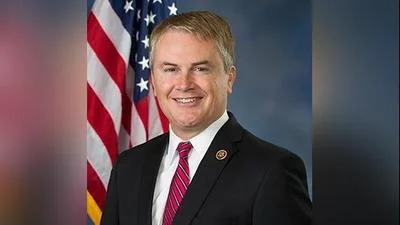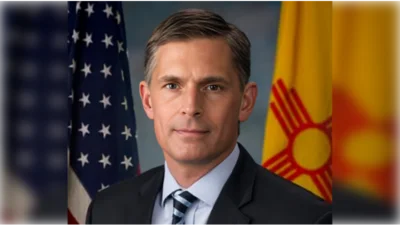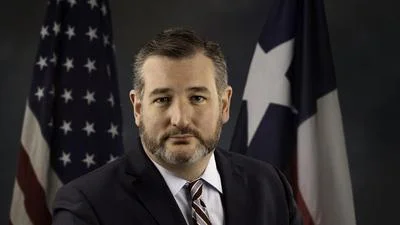Washington, D.C. -Today, Rep. Carolyn B. Maloney, the Chairwoman of the Committee on Oversight and Reform, released a new document from the Department of Health and Human Services (HHS) detailing the Administration’s insufficient distribution of personal protective equipment and critical medical supplies to states from the Strategic National Stockpile. Chairwoman Maloney issued the following statement:
“The document the Oversight Committee is releasing today shows that the federal government has distributed just a fraction of the personal protective equipment and critical medical supplies that our hospitals and medical first responders urgently need.
“Now that the national stockpile has been depleted of critical equipment, it appears that the Administration is leaving states to fend for themselves, to scour the open market for these scarce supplies, and to compete with each other and federal agencies in a chaotic, free-for-all bidding war.
“The President failed to bring in FEMA early on, failed to name a national commander for this crisis, and failed to fully utilize the authorities Congress gave him under the Defense Production Act to procure and manage the distribution of critical supplies. He must take action now to address these deficiencies."
The new document shows personal protective equipment, ventilators, and other critical medical supplies dispersed as of Monday from the Strategic National Stockpile to the 50 states, the District of Columbia, territories, metropolitan areas, and one tribal government. The document shows:
* Only 11.7 million N95 respirator masks have been distributed nationwide-less than 1% of the 3.5 billion masks that the Trump Administration estimated would be necessary in the event of a severe pandemic.
* Only 7,920 ventilators have been distributed from the stockpile, even though a recent survey of 213 mayors-which did not include New York City, Chicago, or Seattle-identified a total estimated need of 139,000 ventilators.
In addition, staff from HHS and the Federal Emergency Management Agency (FEMA) provided additional information to Committee staff during a phone call on April 7, 2020:
* Stockpile for States is Depleted.
HHS staff stated that the Trump Administration has made its final shipments of personal protective equipment to states from the Strategic National Stockpile, accounting for 90% of the stockpile’s inventory of N95 respirators, surgical and face masks, face shields, gowns, and gloves. The remaining 10% of personal protective equipment in the stockpile is reserved for federal workers and will not be distributed to states.
* Personal Protective Equipment Not Distributed Based on States’ Requests.
The new HHS document shows that states received at least three shipments of personal protective equipment and supplies, and a few states received an additional shipment. According to HHS staff, most of these shipments were not based on states’ requests. The first two shipments were allocated pro rata based on 2010 Census population data. The third shipment-labeled the “final push"-does not appear to be based on population. With respect to N95 respirator masks, the document shows that states received either 64,450 or 120,900 respirators in this “final push." For example, both Vermont and Texas received 120,900 respirators. Based on 2010 Census data, that is equivalent to roughly 193 respirators for every 1,000 residents in Vermont, but fewer than 5 respirators per 1,000 residents in Texas.
* Private Sector Determining Allocation of Critical Supplies.
Administration staff confirmed that the federal government is not taking control of the supplies flown into the United States in “Project Airbridge" or directing private sector suppliers to send supplies to particular hospitals with urgent needs. Instead, suppliers are required only to agree to sell half of their shipments to customers in “hotspots" such as New York, New Jersey, New Orleans, Detroit, and Chicago. Suppliers are not required to reimburse the federal government for the cost of air shipment.
On March 20, 2020, FEMA Administrator Peter Gaynor briefed Oversight Committee Members and cautioned that FEMA had only been “at this for 48 hours." During that briefing, another FEMA official stated that Administrator Gaynor had not been invited to the join the White House coronavirus task force until earlier that week, and Administrator Gaynor stated that FEMA did not host its first “interagency synchronization call" until earlier that day.
When invited to testify at a hearing on the coronavirus response in early March, FEMA declined to participate, asserting that “the Agency does not feel as if there is much that we would be able to testify to." The hearing was held on March 11-12, 2020, and President Trump declared a national emergency the following day.
Last week, the Committee released FEMA documents showing that the Administration has provided states in FEMA Region III only a small fraction of what they have requested from the Strategic National Stockpile.









